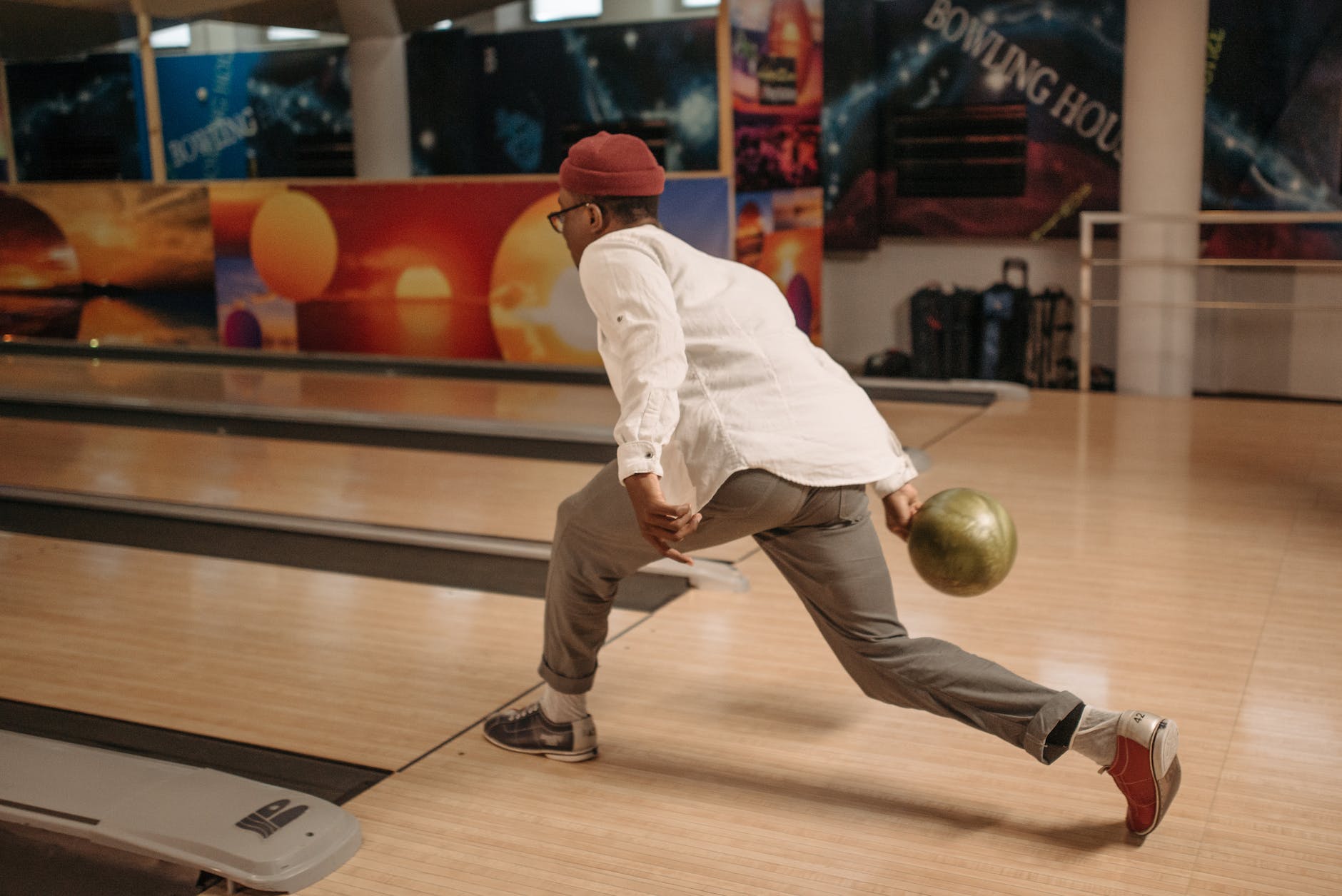The Cupping Conundrum: Do Crankers Use a Unique Cupping Style?
A common question often arises when studying bowling styles, particularly when comparing the classic bowlers to the crankers: do crankers employ an exclusive kind of cupping? The answer is more nuanced than a simple yes or no. Although crankers do not use an entirely unique form of cupping, their style demands a variety of skills to be executed effectively. Among these, maintaining the cupping hold is of paramount importance. It’s essential not to overcomplicate this process, but to set a standard that avoids overly aggressive cupping or draining too much strength. For bowlers employing the cranker style, if the mid-finger is positioned 1 millimeter ahead of the thumb, it’s generally accepted that the ball can be received in a more stable state. Much like the swing, the cupping should be consistent, and the degree of cupping when initially drilling the ball plays a significant role in enhancing the consistency of the cupping.
The Art of Cranking: Styles of Crankers
The cranker style of bowling can be broadly categorized into two types. The first type pertains to bowlers who maintain a straight wrist and consistent cupping throughout their delivery, preserving a uniform posture until the moment of release. The second type includes bowlers who keep their wrist straight but allow it to relax during the backswing, only to lift it again during the downswing. This technique introduces variability in the degree and tension of cupping, contingent on the movement of the wrist, necessitating regular practice and robust muscle strength.
Novice bowlers should exercise caution to avoid excessive cupping. Overcupping can cause the wrist to bend during the push, which can be rectified if the wrist is lifted again before the release. However, there’s a propensity for the wrist to slacken when the arm descends. If you amplify the degree of cupping with the intention of ‘propelling the mid-finger forward’ during the transition from the backswing to the downswing, you can enhance consistency and tension.
The Art of Wrist Unleashing
When the lane bends, you’re required to unleash your wrist. However, it’s imperative to maintain the shape of your hand until just before the release. Any alterations in the wrist’s movement midway can trigger problems, commonly known as ‘hand mischief’.
During the process of unleashing the wrist, both the thumb and mid-finger should align vertically, allowing you to regulate the degree of angle and rotation in the released state. Consistency is equally critical during wrist unleashing, necessitating repetitive training for muscle memory.
A frequent query is about the optimal timing to unleash the wrist. As the lane bends, the angle of the ball escalates, prompting some bowlers to reduce the angle. By practicing bowling with the middle finger and thumb vertically aligned, you can effectively control the direction of the ball. Finally, by positioning the thumb parallel to the little finger during wrist unleashing, you can project the ball further. From the index finger to the middle and ring fingers, the progression angle in the backend becomes smoother. Once you master the technique of wrist unleashing, you can enhance your physical performance in any lane situation.
